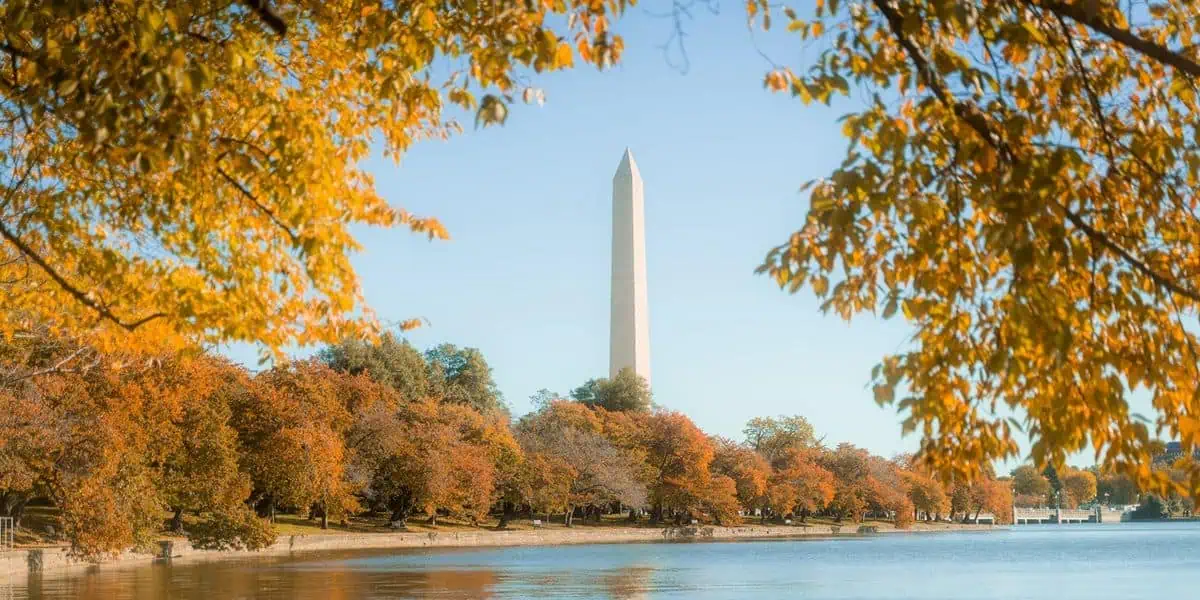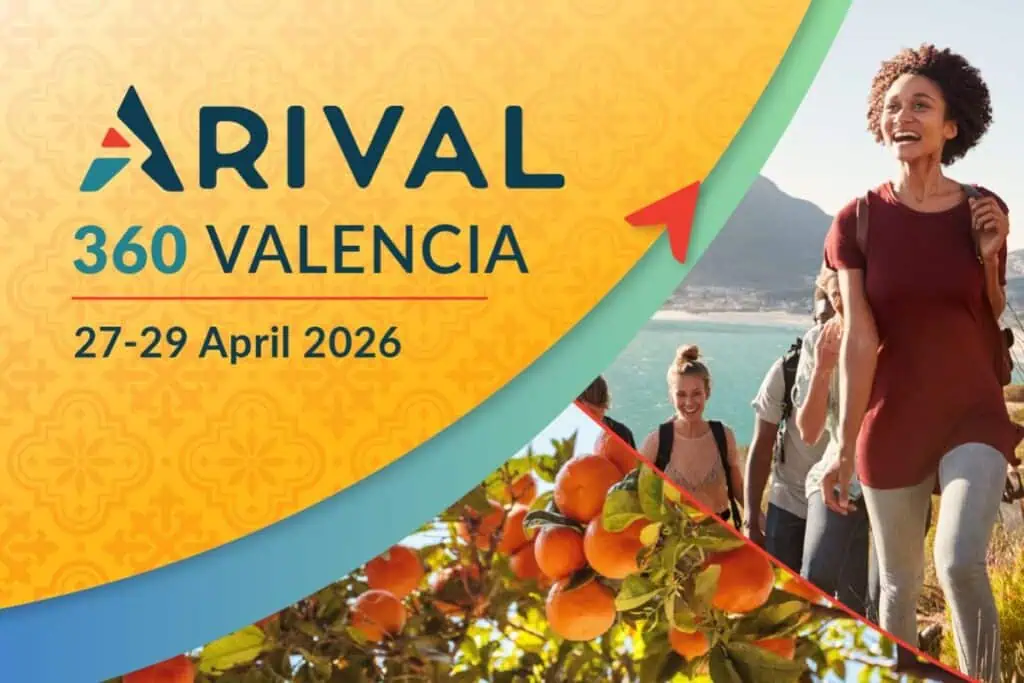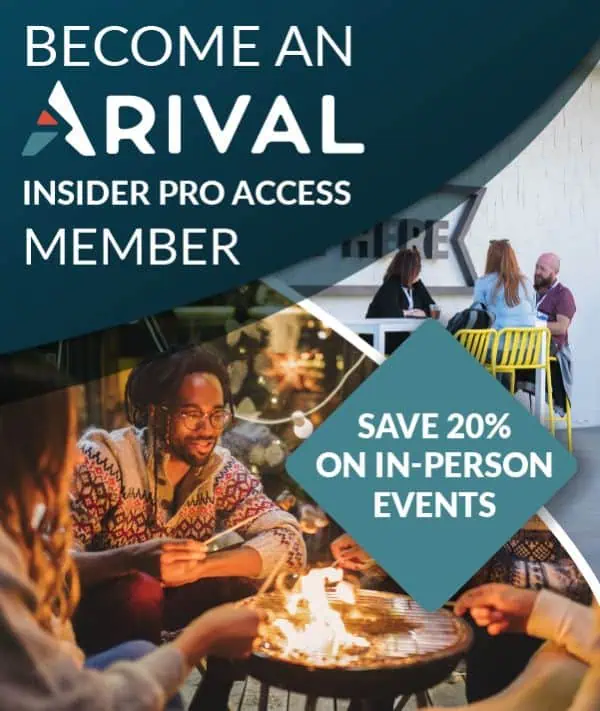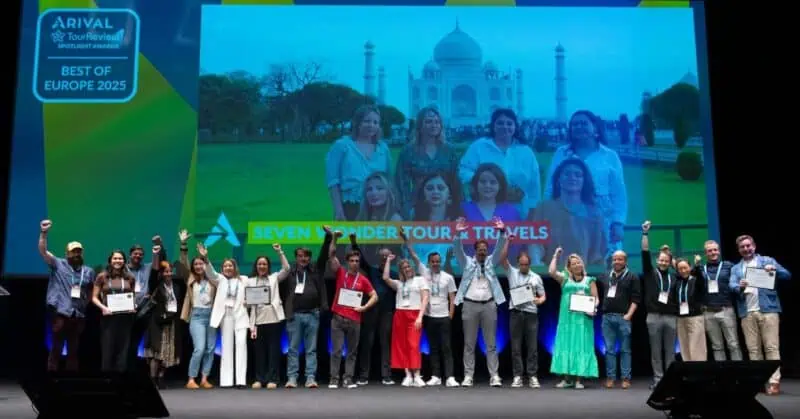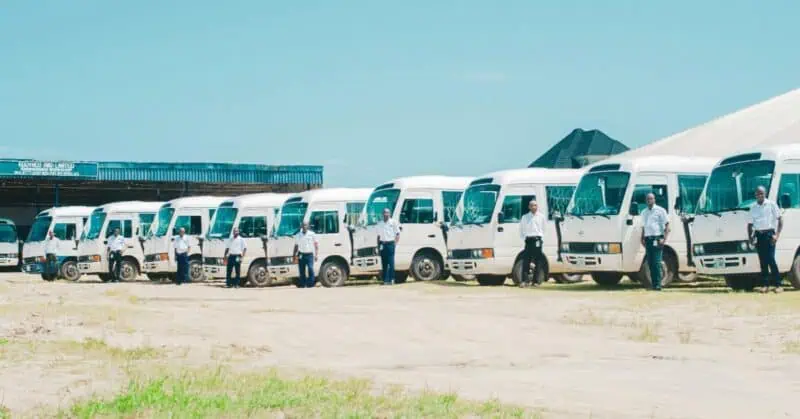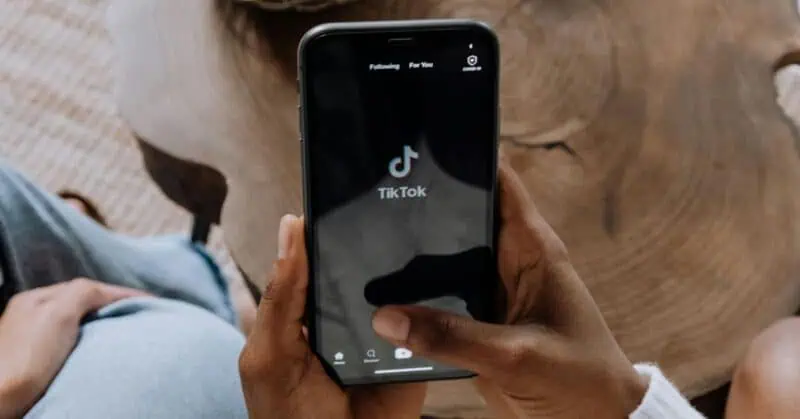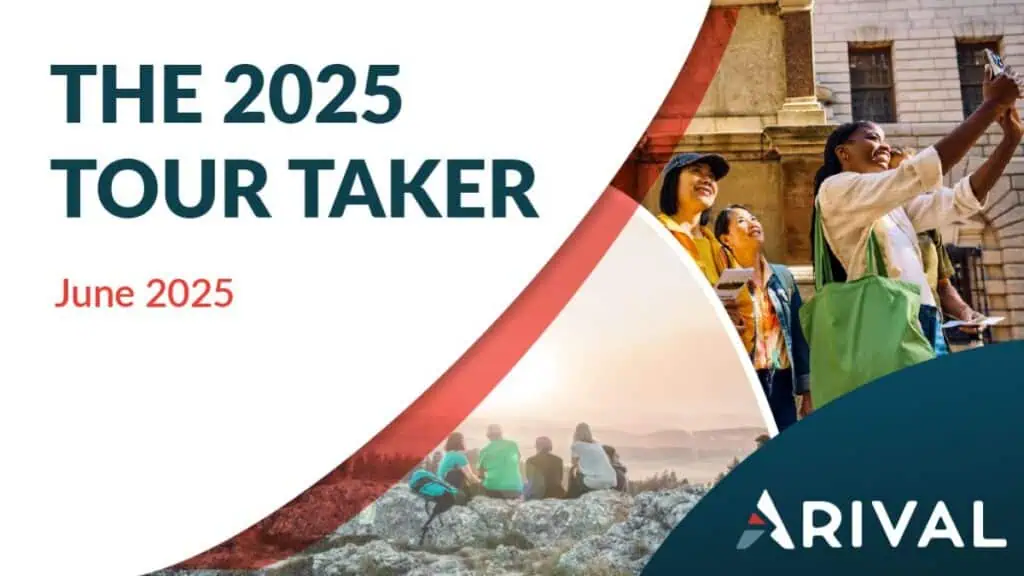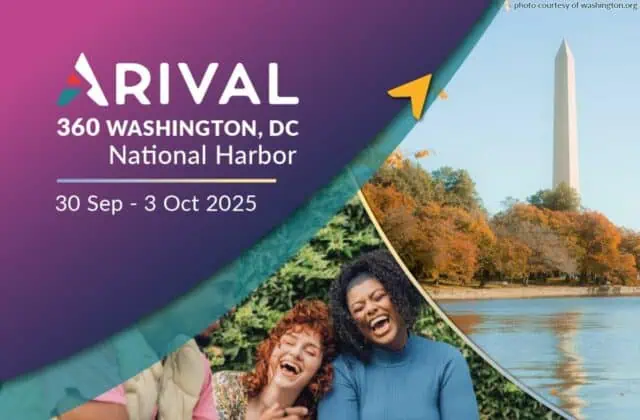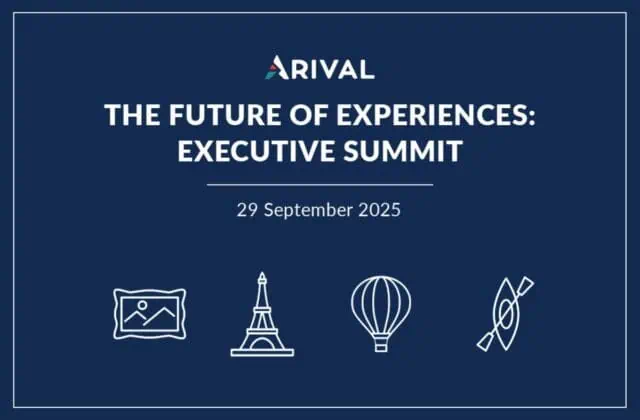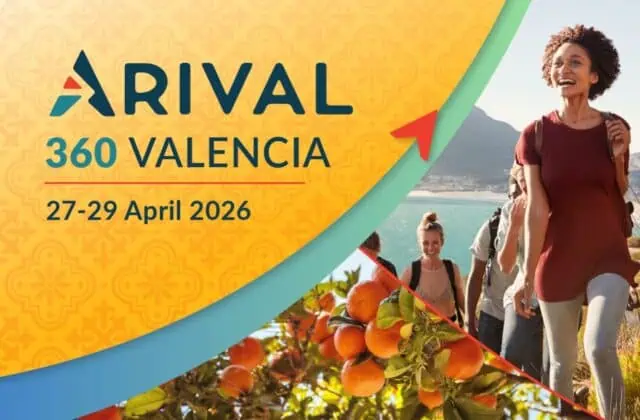Pricing a tour, activity, or attraction is fundamental but often overlooked. Quite often operators price their tours based on what competitors are charging or perceived customer behavior.
The reality is that there are some tried and true strategies that can help operators price their tours that allows them to be competitive without sacrificing profitability. Some of these strategies use simple psychology to help drive customers to the right product, others take into account more material aspects of your offerings such as costs and margin in order to help guide you towards selecting the best prices for your business.
In this walkthrough, we’ll explore how to set your prices with profitability in mind, optimize your online booking system, and ultimately attract more customers.
Here’s what we’ll cover:
- What is Tour Pricing?
- Factors Influencing Tour Pricing
- Tour Costing Examples
- Tour & Activity Booking System Pricing
- Variable Pricing & Dynamic Pricing
- Key Benefits of Competitive Tour Pricing
- Recommended Pricing Strategies
- Competitor Analysis
- What Matters More Than Pricing
- Learn More about Pricing Strategies with Arival
What is Tour Pricing?
Quite simply, this is the price that a customer will pay for a seat or spot on your tour, activity, or attraction. Your tour price is made up of a number of components including your costs, both fixed and variable, as well as your preferred margin. Your margin is the difference between your total costs plus net profit and your retail rate.
This is important because it is easy to forget that your net rate — or the price that you offer to resellers — needs to include your net profit in order for your business to be profitable in a reseller-only environment. When selling through third parties, for example, you will need at least a 30% margin and sometimes more. If you do not include profit into your net pricing, the margin you add may not be enough to cover the costs of sales through a third party and still make a profit. Learn more here about how to set your net rates for tours, activities and attractions.
30 September – 3 October 2025
Insider Pro Access Members Save 20%
THE event of the year for solutions-focused In-Destination Experience creators and sellers
Get Your Spring Savings Ticket Today!
Factors Influencing Tour Pricing
There are a number of factors that can influence the price of your offering in the marketplace. It’s important to understand each of these factors and their impact on how your offering is perceived.
1. Fixed Costs
Your fixed costs are those things that don’t change from one tour to the next. These might include vehicles, fuel, advertising, marketing, office expenses and staff or anything else that remains the same regardless of whether you have one guest or 20. Reducing these fixed costs by changing the type of vehicle you use or the number of staff required to service your guests will help, but there is only so much you can do without affecting your service delivery or the perceived value of your experience.
2. Variable Costs
Your variable costs are things that change with the number of guests that are on a tour. For example, this might be entry tickets to attractions that are part of your tour or meals that need to be purchased for guests along the way. The more guests you have on a given tour, the higher your variable costs.
Keep in mind that when you calculate your tour price you will base it on your “break even”: in other words, the minimum average occupancy of your offering. If you are a new operator, this may be a little more difficult because you won’t have any previous data to reference. If, however, you have been running for at least one season, you can use your average occupancy from the previous year as a guide for determining your break even numbers for the current year.
3. Profit
Your profit is how much money you want to make on top of your costs. As a for-profit enterprise, you will likely want to make money for yourself and, if relevant, your shareholders. If you do not take profit into account during your pricing exercise, you may end up being a break even or losing enterprise, which is unsustainable.
Decide how much money you would like to make overall and apply that percentage to your costs. For example, if your cost to host each guest is $100 and you want a 20% profit, then your cost plus profit is $120. This becomes your net price.
4. Margin
Once you have figured out your costs and the profit that you would like to make per guest, you are ready to apply your margin on top. Your margin gives you room to pay third parties to sell your tours on your behalf.
For example, if you are selling through Viator, you can expect to pay between 25-30%. Using the above example, if your net price is $120 (costs plus profit), then you will need to add $36 to cover a 30% commission making your tour price $156.
If you find yourself in a situation where your costs unexpectedly increase (think gas prices or vehicle maintenance) and you don’t build in enough profit or margin into your pricing, you could find yourself running a loss.
Practically speaking, a margin of 40% (similar to common retail practice) should give you enough room for any commission situation and still leave enough room for contingencies. Remember that if you sell directly to guests, you get to keep the full margin for yourself.
5. Competitive Landscape
Pricing your tour isn’t purely quantitative. Calculating your ideal pricing based purely on your costs, profit, and margin may leave your pricing out of step with the market.
It’s equally important to look at the competitive landscape of your specific market. Are there a lot of competitors selling offerings that are of a similar quality and price? If this is the case you find your ideal pricing to be too high for the market, then you may need to either change your offering so that it is differentiated enough from the competition to warrant the price difference or you may need to find ways to reduce your costs and profits to compete on a price-only basis.
Tour Costing Example
Let’s take a closer look at the factors you would use to price your offering. Keep in mind that these pricing factors are for individual tours and not for all tours or activities that you offer in one.
Business Costs
These are costs that span the entire business and are not specific to a single tour or activity. If, however, you are an attraction operator or you only offer one tour, then it can be assumed that the full costs associated at this level will be applied to the tour.
| FTE Support | Total value of all Full-time employees |
| Equipment | Total monthly equipment costs (amortize capital costs over the number of months in operation) |
| Equipment Maintenance | Equipment maintenance costs |
| PTE Support | Total Part-time employee / Contract worker costs |
| Vehicle / Transportation | Transportation costs of vehicles if relevant (purchase or lease of buses, boats, bicycles, etc.) |
| Vehicle / Transportation Maintenance | Maintenance costs for vehicles or transport |
| Vehicle / Transportation Fuel | Fuel costs |
| Facilities | Rental/Lease for facilities |
| Insurance | Monthly insurance cost |
| Marketing | Marketing including digital and offline |
| Advertising | Advertising including digital and offline |
Variable Costs Per Guest
These are costs incurred for each guest on a tour in addition to the fixed costs. For example, these would include things like admission tickets, food vouchers, non-reusable equipment, booking system transaction fees, and credit card processing fees.
| Third party tickets/admissions | Cost of third party tickets/admissions per guest |
| Food/Beverage | Cost of Food/Beverage per guest |
| Accommodations | For multi-day tours, accommodations may or may not be included |
| Disposable Equipment | Cost of equipment that cannot be re-used (e.g. headphones) |
| Booking System Fee (Flat rate) | Flat fee charged by your booking system (include this if it is paid by you and not the customer) |
| Credit Card Processing Fee (Flat rate) | Credit card processing cost per booking |
Pricing Variables
These are the variables that will affect your tour pricing. They include things like how often you run the tour, your average (estimated) occupancy, and the costs associated with distribution and sales. Adjusting these variables can have a profound impact on your pricing.
| Months of operation | Number of months per season that you operate this tour |
| Available days/month | Number of days per month that you operate this tour |
| Times per day | Number of times per day that you operate this tour |
| Spots/time slot | Number of spots available per time slot |
| Resource Allocation ratio (RAR) | Percentage of total resources allocated to this tour |
| Expected Profit | e.g. 25% profit |
| Occupancy | How full do you anticipate your tours to be |
| Reseller Commission | The amount of commission you want to build into your product |
| Reseller Volume | Amount of bookings sold by resellers |
| Booking System Fee (%) | The variable booking fee charged by your booking system |
| Payment Processing Fee (%) | The credit card processing fee charged by your merchant processor / bank |
| Distribution Fee (%) | The fee charged by your system for B2B/Trade sales usually via API |
Tour & Activity Booking System Pricing
The beauty of using a modern online booking system — also referred to as reservation technology systems, or “restech” — is that many of the aspects of your pricing can be managed digitally and with little to no ongoing maintenance.
In many cases, once you have selected a base price for your tour, you can use the booking system to make adjustments to your pricing based on a variety of circumstances. Need to take into account seasonality? No problem, many systems allow you to create price sheets or pricing rules that can affect seasonal pricing or other conditions.
This ability to create different pricing based on certain factors is referred to as variable pricing. Some systems are using AI and other more elaborate tools to create dynamic pricing.
Variable Pricing & Dynamic Pricing
Let’s look a little closer at variable and dynamic pricing. Variable pricing is the ability to adjust pricing using predefined rules or guidelines such as seasonality or holidays to change the price provided to the customer. These rules may be defined using conditional statements such as “on Wednesdays, decrease the price for adults by 5%” or “on Saturdays, increase the price for adults by 10%”. These rules may even stack resulting in more nuanced pricing for the customer. An example of this might be if you apply a weekend pricing condition that also stacks on top of a seasonal pricing condition.
Dynamic pricing on the other hand is not managed using conditional statements that are created by the operator. Instead, the operator, usually with the help of a revenue manager, will set boundaries on how low or how high a price can go. The dynamic pricing engine then adjusts the pricing based on a number of variables that it analyzes on an ongoing basis. These may include current availability, historical pricing, market conditions, weather, public holidays, special events, or any number of other variables. In most cases, technology companies that provide dynamic pricing solutions rarely share how they calculate the price changes. Dynamic pricing is being used primarily by larger attractions and high volume venues but some platforms such as Peek are starting to use AI to power dynamic pricing for smaller operators as well.
Learn more here about booking software pricing and variable pricing vs. dynamic pricing.
27-29 April 2026
Insider Pro Access Members Save 20%
THE event of the year for the European in-destination experiences industry
Get Your Super Early Bird Ticket through 15 July!
Key Benefits of Competitive Tour Pricing
When it comes down to it, pricing is one of the most important factors determining your sales success. Price your product too high and you risk alienating your potential customers. Price your offering too low and you risk the perception that your offering is substandard.
There are some important benefits to getting your tour pricing right:
- First, if you have done the hard work of identifying your costs and built in profit and reasonable margin for resales, you won’t have to worry about selling your offering at a loss.
- Second, if you have done the work of differentiating your offering from the competition, you should have more flexibility in how you price your offering, which means insulating you from competitor pricing.
- Third, if your pricing aligns well with your offering and the delivery of your experience, your customers will respond positively and that will help to reinforce your pricing strategy.
Recommended Pricing Strategies
Pricing strategies have been around for a long time. Many retail pricing strategies have been proven successful for decades and still work in today’s highly competitive environment. Some of common pricing strategies include:
Charm Pricing
You’ve definitely seen this rule at work in almost every shop or online store you’ve visited. Charm pricing or the rule of 99 is a psychological pricing strategy where prices are set just below a round number to make the pricing seem lower by focusing on the left most digit. For example $9.99.
Anchor Pricing
This is where you display a price that is higher than the actual price you intend to sell the offering at. This has the effect of “anchoring” the price in the customer’s mind. You then provide your offering at a lower price or discount it down to the intended price. Be careful however not to overuse this strategy since it can result in your offerings being perceived as always being on sale.
Loss Leader
The idea behind a loss leader is that you offer a service or experience that is priced much lower than the competition in the hope that you will be able to make it profitable by offering other products or services that the customer will buy. For example, offering a free tour that takes travelers to preferred retailers where the operator receives a kick-back on purchases made by their customers. The primary problem with the loss leader method is that there is no guarantee that the customer will purchase the upgrades and as a result, you may be left with a less than profitable tour. You also risk building a reputation as either a low cost/low value service.
Upsells
One area that can add additional value for your customers and increase your revenue is to offer upsells or upgrades to your base offerings. For example, many operators have a no refund policy when booking their tours, and for very good reason. But this can be a barrier to purchase for many customers, especially those who are risk averse. A simple solution to this is to offer your standard non-refundable ticket and a higher priced refundable option or a refund protection upsell during the checkout. Hotels and airlines have been offering these options for years with great success because offering the two options increases conversions.
Seasonal Pricing
Seasonal pricing can be a useful way to drive revenue in periods of lower demand. By adjusting your pricing during the quieter shoulder and off-seasons, you can increase traffic by focusing on a different type of customer. For example, the high season is dominated by those who are tied to the traditional school holiday schedule. This implies that the travelers are families with school age children. Solo, couples, and older travelers who are not tied to the school holiday schedule are more likely to avoid those peak seasons because of crowds and higher overall prices. These same travelers could be a great fit for your product in the shoulder and off-seasons and they will be expecting that the pricing will be lower in those seasons.
Competitor Analysis
For many operators in highly competitive markets, competitive pricing is the primary pricing strategy at their disposal. Luckily, finding competitor pricing is much easier now than it has ever been, thanks in part to the prevalence of OTAs and online marketplaces. Want to find out how much bike tours cost in Berlin? No problem, do a search on GetYourGuide or Viator and you’ll find hundreds of options.
The real trick with competitive pricing is how do you balance offering a product that is differentiated enough that you can warrant breaking with competitive pricing. The assumption for customers is that bike tours that are all a very similar price are probably all the same and the differentiator then becomes reviews and ratings. For new products this can be an especially tough challenge because getting reviews and ratings takes time and bookings, and without them, you are much less likely to get bookings and the reviews that ultimately come with them.
So what to do? Use a different name, focus on something unique, and price based on value rather than what the competition charges. People naturally look for the outliers; if all the tours are $100 and your tour is $150, they are going to wonder why. It doesn’t mean they’ll book the $150 tour, but you can use it to get them in the door and sell them a tour that better fits their budget.
30 September – 3 October 2025
Insider Pro Access Members Save 20%
THE event of the year for solutions-focused In-Destination Experience creators and sellers
Get Your Spring Savings Ticket Today!
What Matters More Than Pricing
Pricing your tour is not a one and done exercise. Like everything else with your business, you should be looking to adjust your pricing based on the data you get back from your customers and the market in general — check out Arival’s latest research for insights on industry outlooks and consumer reports. Let the data drive your decisions more so than intuition or your gut. Start by using sound pricing principles and then look to use other pricing strategies such as charm pricing, anchor pricing, and upsells to increase your profit and revenues.
At the end of the day, your customers will remember how you made them feel more than they will remember how much they paid for the experience. If the two are aligned, your customers will validate your price with smiles and positive reviews.
About the Author

Stephen Joyce is an industry veteran and the co-host of Arival’s Best Part of Travel podcast. Currently serving as a Global Strategy Lead at Protect Group, the former VP of content for Arival also co-founded Rezgo, one of the first SaaS reservation platforms for tour and activity providers.
Learn More about Pricing Strategies with Arival
Join us at an upcoming Arival event to learn more about pricing strategy. At Arival 360 | Valencia, we’ll have two focused breakout sessions on pricing strategy for operators of tours, activities and attractions:
- What’s Your Experience Worth? The Essentials of Pricing — with Stephen Joyce from Protect Group.
- The Future of Pricing: Moving Beyond Static to Drive Revenue Growth — with Luis Busquets from BlackDog Advertising.
We hope to see you there!
Become an Insider Pro Access member today and get access to the full library of Arival research, plus many other benefits such as free consulting sessions, special discounts and 20% off in-person events, starting from $179 per year.
Sign up to receive insights tailored for the in-destination industry as well as updates on Arival.
